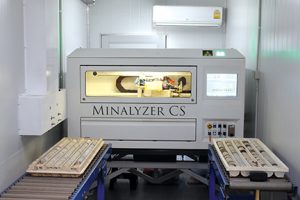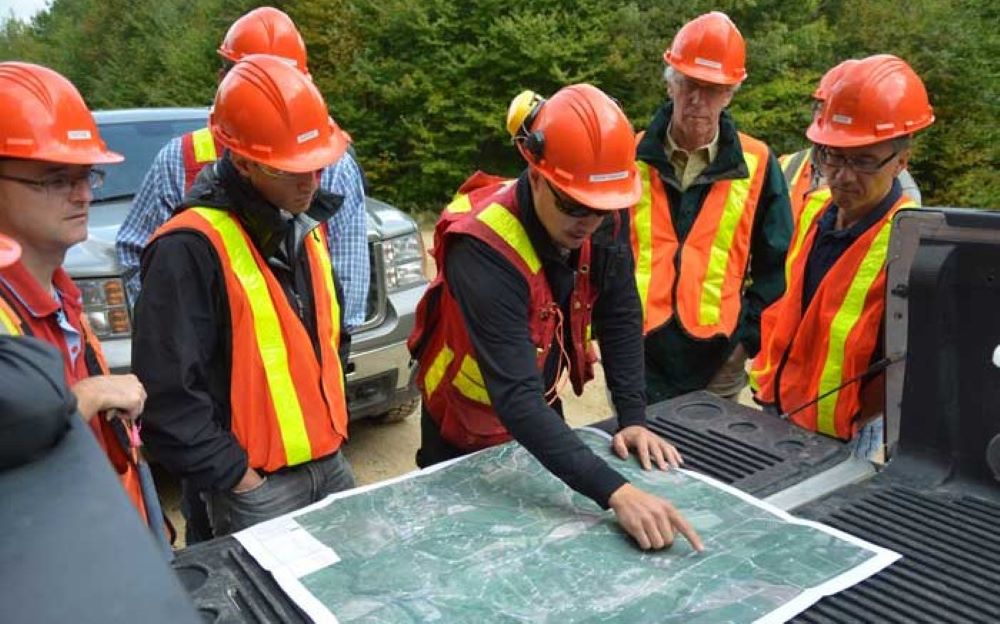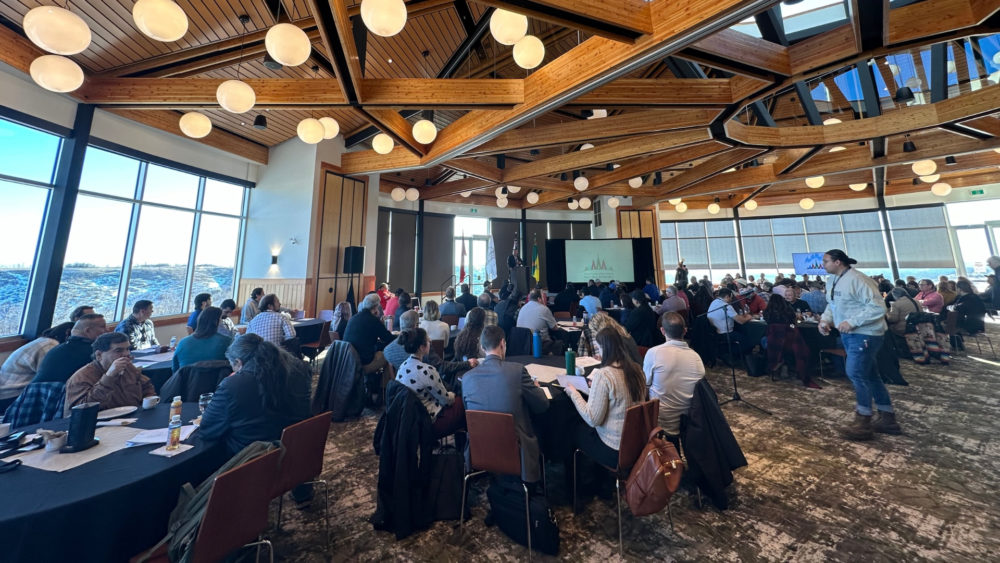SGS takes the lab into the field for fast results

XPS uses Minalyze’s Minalyzer core scanner, as well as other instruments, for its FAST near real-time analysis in the field.
CREDIT: SGS
We live in an instant world.
Want to check the weather? There’s an app for that that will bring it to your smartphone in milliseconds.
Want information? Use your browser to find it on the internet.
Want to talk to someone? Give the smartphone another workout.
Or satellite phone if you are in a far-off corner of the world.
Want to share data about a project you are working on? Back to the internet, and put it on the cloud where colleagues have access.
Why should an exploration crew in remote corners of Canada be any less connected?
Now they can benefit from instant results from their activities in the field. No more waiting weeks for information about samples that have been sent off to a far-away commercial laboratory.
Thanks to SGS SA and its Field Analytical Services and Testing (FAST) solution, a team in the Canadian field will have access to near real-time results for faster decision making.
FAST brings portable instrumentation and machine learning into the field and provides data within 24 to 48 hours. The service is also available in Australia.
Applications for FAST are not limited to exploration.
SGS says it can be used during exploration, at the mine site, in mineral processing, at smelters or refineries, and every stage in between.
SGS introduced its FAST capabilities at this year’s Prospectors and Developers Association of Canada in March. It attracted 15 to 30 interested people to each of its five demonstrations during the meeting. And people independently popped in and out, some for a second look.
“Turnaround time and high volume analysis continue to be drivers for solutions such as FAST,” SGS global co-ordinator of marketing, minerals Peggy Bell told CMJ in response to emailed questions. “People are excited that we can offer 24- to 48-hour turnaround time with quality, calibrated data.
“The high-resolution images for Minalyze and the Minalogger software were also generating quite a bit of interest,” she added.
Why it works
SGS takes suitable mineralogical and geochemical instruments to a client’s site. These might be FTIR, pXRF or EDXRF core scanner, depending on requirements. They can be paired with a mobile sample preparation unit (MSPU) to ensure controlled preparation of the samples. The samples are then analyzed with the specified instruments using site specific, custom calibration protocols. Then the results are delivered to the client.
FAST cuts a four to 12-week turnaround into one or two days.
Using non-destructive XRF scanning of drill core returns the best value when it is performed on freshly drilled core and the mapped results are available to field geologists to generate consistent core logs and optimize sampling intervals and requirements. Using pXRF and FTIR analyses are usually performed on prepared samples using the MSPU.
“The advantage is that the client is receiving our laboratory techniques in the field, and that these analyses are provided under the same stringent calibration and QA/QC protocols that we use in our commercial labs,” said Bell.
“The data is consistent and fit-for-purpose, allowing clients to significantly cut down on decision-making time, saving money in the process.”
She added that as far as SGS knows, it is the first large laboratory group to offer such a comprehensive field-based service integrated with lab style calibration and QC protocols.
Clients using FAST also benefit from SGS’s machine learning capabilities. FAST provides high-density data very quickly, allowing users in active drill programs to make decisions regarding targets during the drill months instead of waiting for assay results. This allows for continuous updating of drill programs rather than waiting for the next drill season. Both targeting and spending are optimized.
Bell added: “There is the potential to reduce the overall project development cycle for those companies who have the flexibility` to embrace this change in workflow.”





Comments